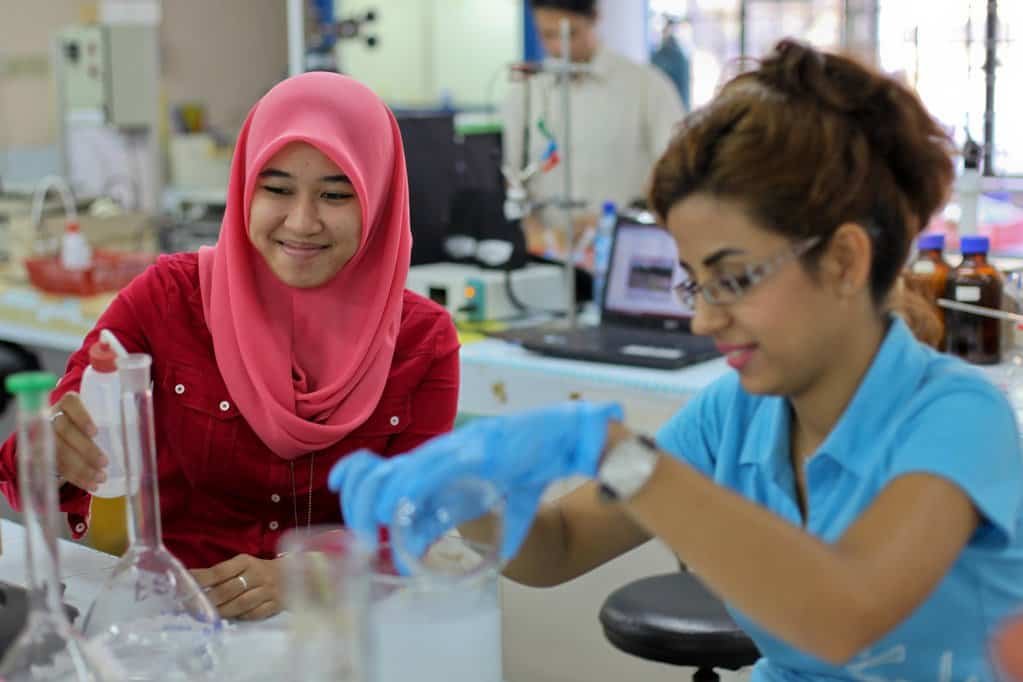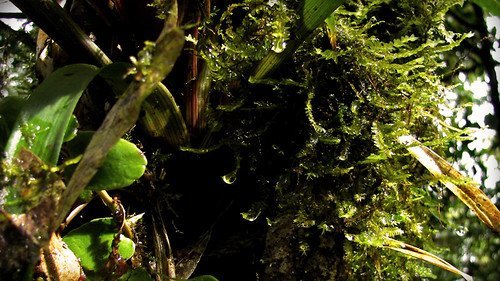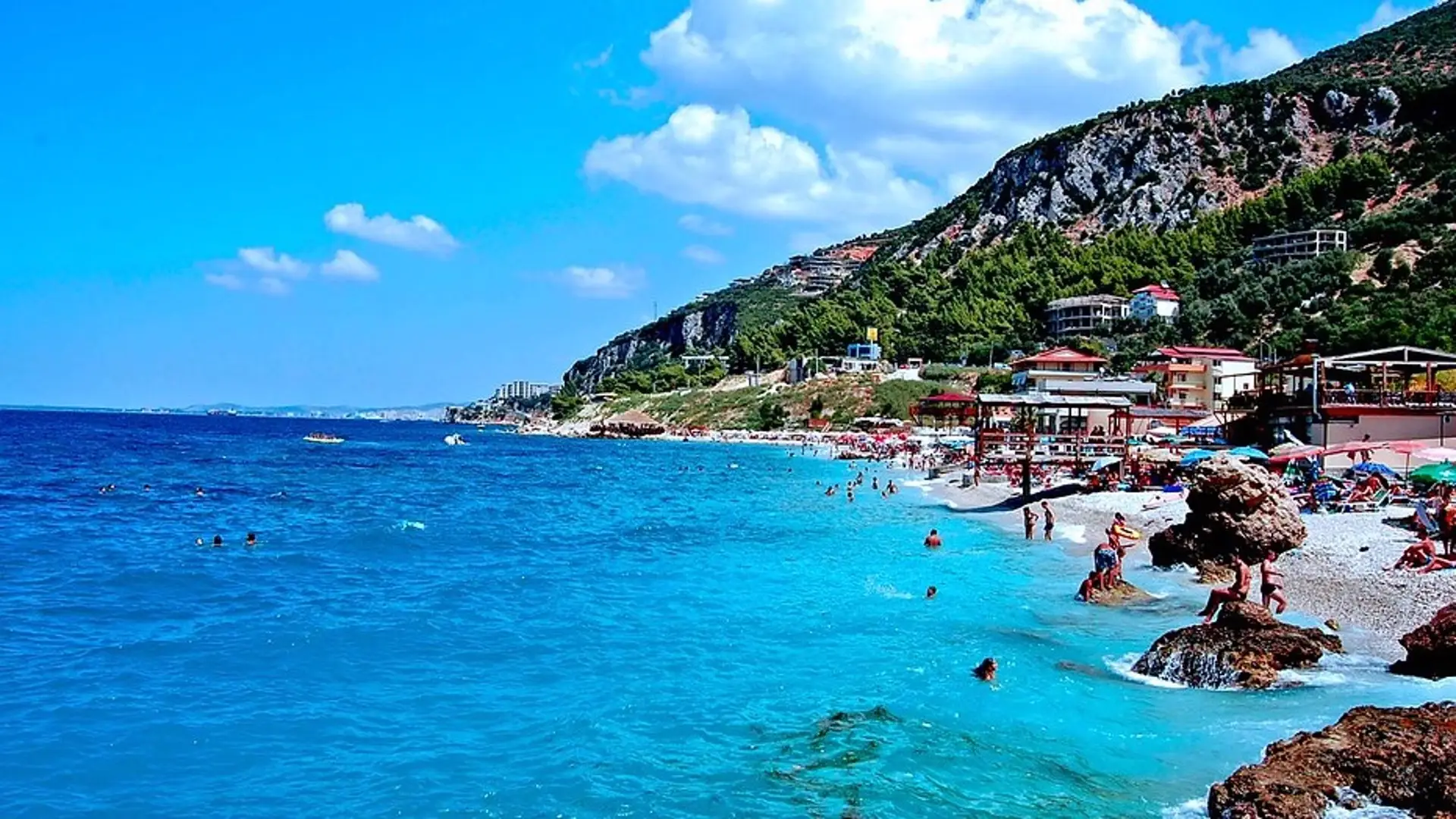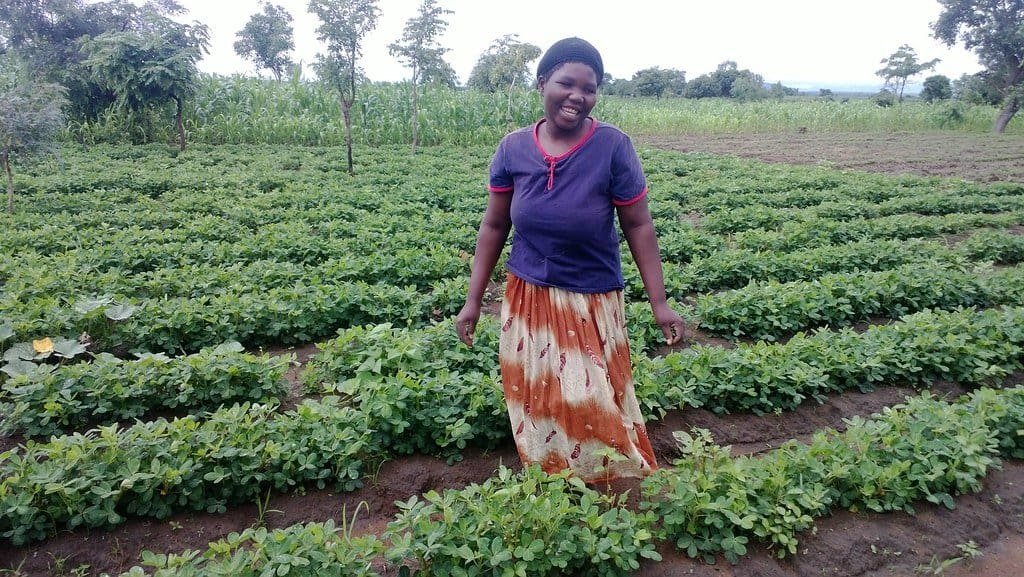Malaysia: A Mosaic of Modernity, Nature, and Prosperity – From the iconic Petronas Twin Towers touching the clouds to the pristine rainforests teeming with life, Malaysia is a vibrant tapestry of cultural richness and natural wonders. Its thriving industries, like palm oil, rubber, and cutting-edge technology in Penang, symbolize resilience and innovation, while the picturesque landscapes of Langkawi and the cultural vibrancy of Georgetown invite travelers to experience the heart of Asia. Malaysia’s assets reflect a nation that blends the past and the future, building on its heritage while propelling towards progress and global prosperity.
1. Petronas Twin Towers
Rising high above the Kuala Lumpur skyline, the Petronas Twin Towers symbolize Malaysia’s modernity and ambition. These iconic structures have become a beacon for travelers and a proud emblem of the nation’s achievements. Contributing over $1 billion annually through tourism and business, the towers are a magnet for foreign investment and cultural pride.
2. Sustainable Palm Oil Plantations
Stretching across vast swathes of land, Malaysia’s palm oil plantations feed the world’s demand for versatile oil. A significant source of employment, these plantations are woven into the social fabric of rural Malaysia. Generating about $19 billion annually, the palm oil industry is Malaysia’s green gold, fueling economic growth and international trade. These palm oil plantations need to be sustainability managed.
3. Tourism & Cultural Heritage
With vibrant street food, lively festivals like Thaipusam, and historic colonial towns like Georgetown, Malaysia is a cultural mosaic where old-world charm meets modern energy. It invites visitors into a diverse blend of experiences. Tourism brings in around $25 billion a year, playing a crucial role in enriching the local economy and preserving cultural heritage.
4. Biodiversity & Nature Assets
Malaysia’s rainforests, among the oldest in the world, are home to unique species like the Malayan tiger and orangutan. These ecosystems represent Malaysia’s commitment to preserving its lush natural environment. Biodiversity, driving ecotourism and research funding, is valued at approximately $5 billion annually, linking nature preservation with sustainable tourism.
5. Penang and the Technology Sector
Known as the “Silicon Valley of the East,” Penang is a hub for technology and electronics, blending innovation with Malaysia’s industrious spirit. This technology-driven island is a testament to Malaysia’s advancement in global manufacturing. The technology sector in Penang contributes roughly $16 billion annually, reflecting Malaysia’s competitive edge in the semiconductor and electronics industries.
6. Iskandar Development Region
Iskandar Malaysia is a booming region that embodies the country’s growth aspirations, transforming southern Johor into a hub for commerce, education, and lifestyle. It reflects a forward-thinking nation building tomorrow’s opportunities. The development project attracts approximately $30 billion in investment, emphasizing Malaysia’s strategic geographic position near Singapore and its regional growth potential.
7. Oil & Gas Reserves
The offshore oil and gas reserves are the lifeblood of Malaysia’s energy sector, anchoring the nation’s strength as an energy supplier to Southeast Asia. It provides fuel for economic growth while transitioning towards renewable energy.Economic Value: Contributing around $50 billion to the economy, oil and gas production underpins Malaysia’s position as a leading energy exporter in the region.
8. Rubber Industry
Malaysia’s rubber plantations have a long history, dating back to colonial times, and today, they are leaders in latex production, vital for medical-grade gloves and other applications. The legacy of rubber is deeply rooted in Malaysia’s agricultural identity. The rubber industry generates roughly $4 billion annually, maintaining Malaysia’s role as one of the world’s top rubber exporters.
9. Langkawi Archipelago
The emerald waters and powdery beaches of Langkawi make it a tropical paradise that captivates travelers seeking serenity and adventure. Rich in folklore, this archipelago combines nature, myth, and luxury tourism.Economic Value: Langkawi’s tourism sector brings in about $3 billion each year, highlighting its importance as a top holiday destination that combines luxury with natural splendor.
10. Higher Education and Universities
Malaysia’s educational institutions, including the University of Malaya, attract students from across Asia and beyond, making it a beacon for quality education. This fosters cultural exchange and regional collaboration in higher learning. The education sector contributes approximately $2.5 billion annually, enhancing Malaysia’s reputation as an international educational hub and nurturing future leaders.



